| Content:
|
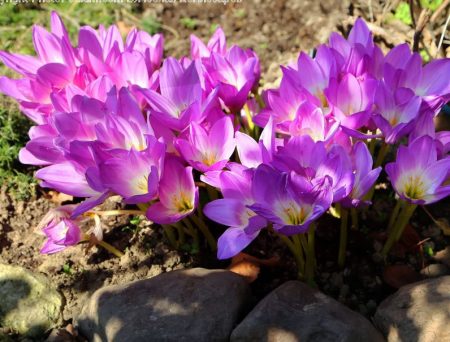
This is what a crocus looks like in the garden.
There are fewer and fewer flowers and greenery in the autumn garden, and winter cold is just around the corner.All the more surprising is the appearance on empty flower beds of delicate, touching autumn flowers, similar to crocuses, but much larger. And the name of these flowers is appropriate - colchicums. Flower growers are happy to plant this plant on their plots, because caring for colchicum in the open ground is simple and not burdensome.
Among the variety of species of this crop, there are also spring-flowering ones, but the most popular are colchicums, which bloom in the fall. This article tells you how to properly plant, propagate, and care for an exquisite, unassuming flower - the colchicum.
Colchicum flower - description of the plant
Colchicum, autumnal or colchicum are the names of one plant belonging to the genus of perennial herbaceous crops of the Colchicum family, which are distinguished by a short development period. The people also awarded this amazing plant with other names - autumn color, timeless color. This is due to the fact that many types of crops bloom late in the fall, when other plants have long faded.
In total, about 70 species are known, blooming mainly in autumn, although there are species that bloom in spring, at the same time as crocuses, for example, snow crocus.
Stem in colchicums it is straight, bare, and its length is from 10 to 30 cm, depending on the type of crop.
Root - an elongated corm, covered with dark brown scales.
Leaves large (25-50 cm), rich green, elongated. During their development, they feed the bulb. When the seeds ripen (May-June), the leaves die.
Flowers - single, have the shape of large bells with petals pointed or rounded at the ends. They are semi-closed or open with brightly colored stamens.The color of the flowers is white, pink, purple, as well as all their various shades. Flowering occurs in late summer or autumn for 2-4 weeks.
Fetus - a box with three nests for seeds.
Colchicum is a poisonous plant. All parts of this flower are poisonous. Therefore, you cannot handle it without gloves, as it can cause skin burns.
Planting colchicum in open ground
In what places does it prefer to grow?
In nature, various types of colchicum (colchicum) are common in Europe, the Mediterranean, Asia Minor and Central Asia. In Russia, they can be found in the Caucasus, Krasnodar Territory, cultivated species - in regions with a temperate climate.
Colchicum loves sunny places or light partial shade. The culture does not tolerate swampy and damp soils. Colchicum does not have any special requirements for soil composition. But if it is loose, light, mixed with compost and humus, then the flowers on the plant will grow larger.
When to plant colchicum
Autumn tuber is planted in open ground, starting from the second half of August. During this period, the tuber is in the dormant stage.
It is important to monitor the bulbs prepared for planting. If sprouts appear, this serves as a signal to start planting. The sprouts should not be long; there is a high probability of damaging them when planting.
Landing rules
Despite the unpretentiousness of the perennial, you need to know the minimum mandatory conditions for planting autumn trees in open ground:
- Prepare the soil for planting in advance - add 1 tbsp. l. superphosphate and 1 liter of ash per 1 sq. m of landing area. First, the soil is dug up with the addition of a bucket of humus and 5 liters of sand per 1 square meter. m. Fertilizers allow the formation of powerful leaves, which then feed the tubers.
- The depth of the hole for the tuber depends on its size and soil composition. On light soils, the planting depth is slightly greater than on heavy soils. Small bulbs are planted to a depth of 6-8 cm, large ones are planted deeper (12-15 cm). When determining the depth of the hole, you can focus on the diameter of the tuber and make a hole 3 times the diameter of a particular tuber.
- 2-3 handfuls of river sand are poured into the bottom of each planting hole. Place the corm in the hole with the tube facing up. The tube formed by the scales should stick out from the ground. Care must be taken to ensure that it is not bent or damaged. It cannot be cut.
- The soil is moistened and mulched.
- In 4-6 weeks, the colchicum will bloom.
Reproduction methods
Colchicum can be propagated by offspring located around an adult bulb or by seeds.
Reproduction by daughter corms
This is the most effective and easiest way to propagate this plant.
- Planting material is harvested when the colchicum seeds are ripe and the leaves have withered and died, approximately in mid-July.
- You need to dig up the tubers carefully, trying not to damage them.
- The corms are cleared of soil and leaves, and the “babies” are separated.
- The scales covering the corms do not need to be removed.
- Then, the separated bulbs are kept in a weak solution of potassium permanganate and dried in a dry, semi-dark place at +24C.
- The tubers are directly planted in the ground in August.
It is important to replant the autumn tree every 3-5 years. If this is not done, then many “babies” will form around one corm, and flowering may stop.
Growing Colchicum from Seeds
Can be propagated using seeds not just any colchicum. Wild species, spring-flowering ones, or species that do not form daughter tubers are propagated in this way.
This method of propagation is rarely used by gardeners. Seedlings grown from seeds bloom only after 5-7 years, since the tubers need a lot of time to gain strength for flowering.
However, the technology for sowing colchicum seeds in open ground is as follows:
- The seeds are ready for planting immediately after collection.
- Before sowing, seeds are soaked for several hours in warm water, then washed. After washing, the seeds germinate better.
- It is necessary to make drainage in the furrows for sowing, pour a layer of pebbles sprinkled with sand.
- It is necessary to sow the seeds to a depth of 1-3 cm. They will germinate only next spring, and sometimes later.
- Caring for crops involves weeding and moistening the soil.
- Moisten the soil with the crops until the leaves die.
- 2.5 months after germination, the plant will form a small corm.
- For the winter, young plantings need to be covered.
Caring for colchicum after planting
Caring for Colchicum is easy. This flower does not need many standard techniques for caring for perennials.
Autumn people are afraid only of snowless winters with severe frosts. Snow-white and double forms are more sensitive to frost than all other representatives of the crocus. Therefore, sometimes it is better to plant tubers at a greater depth (up to 40 cm), and mulch the plantings with peat for the winter.
Watering
Colchicum can easily do without watering; excessive moisture is contraindicated, as it leads to rotting of the bulbs. When caring for crocus, this circumstance cannot be overlooked.
In spring, there is enough moisture in the soil after the snow melts.By mid-summer, the development of colchicum ends - the perennial enters a dormant stage. He no longer needs moisture at this time.
Watering may only be necessary during flowering, and then only if there is little moisture in the ground. In this case, water the flowers once a week, trying not to get water on the flower petals.
Top dressing
Fertilizing is necessary before planting the plant in open ground. In spring, flowers are fed with nitrogen-containing fertilizers. This helps to form powerful leaves that will allow the tuber to accumulate strength for full flowering.
After flowering, colchicums are fed with universal and organic fertilizers.
Pests and diseases
Pests
Snails and slugs - the most dangerous enemies of colchicum. By eating the green mass of the plant, they weaken it and spoil its appearance.
Fighting methods. To combat snails and slugs, you can set traps or use molluscicides.
You can protect the plant from shellfish by filling the space between the plants with crushed eggshells or pine needles. The uneven, rough surface prevents the movement of mollusks.
Diseases
Gray rot - a fungal disease.
Causes. Gray rot appears when the soil is waterlogged.
Methods of struggle. In case of mild damage, the plant should be treated with the following preparations: Topaz, Kuproxat.
Important! Heavily affected parts of the colchicum need to be removed, and the watering regime should be balanced.
Do I need to dig up the bulbs?
Not necessary dig up tubers annually. Tubers that have grown a sufficient number of “children” must be dug up. As a rule, this happens after 3-5 years of plant growth in one place. Due to crowding, the flowers become smaller, or flowering stops altogether.
You need to dig up the bulbs when the leaves begin to wither. This approximately occurs in July or early August. There is no need to wait until the leaves are completely dry. Because dry leaves are easily separated from the bulb and there is a high probability of losing the bulb in the ground. The leaves serve as a kind of marker for finding bulbs.
The most famous varieties
Of the variety of colchicum species, 2 species are most often grown in our gardens: autumnal and magnificent, as well as several other attractive species:
Autumn Colchicum
Autumn colchicum comes from Europe, from wet meadows. This species is a classic of all late-flowering colchicums.
- Flowering occurs in September-October.
- Leaf length - 40 cm.
- Flowers are about 7 cm in diameter, 1-8 pieces from one bulb. The palette of autumn colchicum is represented by white and soft purple flowers.
It has several cultural forms:
- Colchicum Double Alboplenum – distinguished by white double flowers.
- Colchicum atropurpureum blooms in September with small flowers. As they grow, the color of the flowers changes from purple to dark red.
- Colchicum Nancy Lindsay has large flowers. Each petal has a white stripe on the inside.
Colchicum splendid
Colchicum splendid grows in Transcaucasia, Turkey, and northern Iran. The leaves of Colchicum splendidus grow up to 50 cm in height. But it is valued for its large flowers, blooming in 1-5 pieces. from one tuber.
Magnificent colchicum blooms in September-October. This species is actively used for breeding new varieties.
The best varieties of Colchicum splendid are:
- Premier - with long flowering until frost and with flowers of pink shades;
- Huxley — flowers and leaves are large, the color of the petals becomes more saturated from the center to the edges;
- Waterlily - double flowers of lilac color.
Colchicum Bornmueller
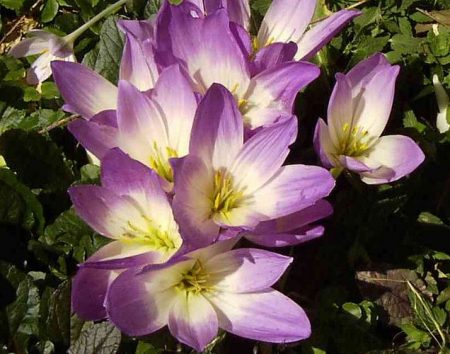
Colchicum Cilician
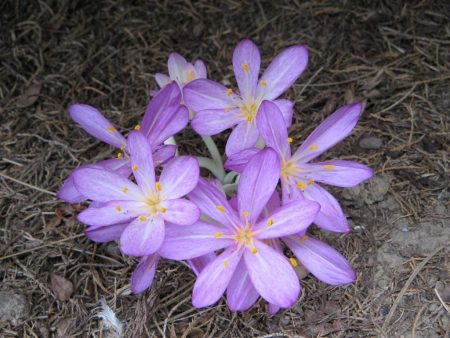
Colchicum Byzantine
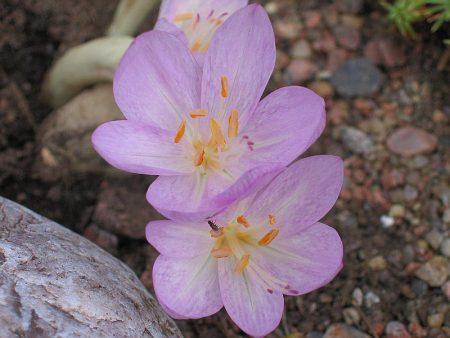
Colchicum Agrippina
Colchicum Agrippina is an experienced hybrid. Notable for its bright pink flowers with a checkerboard pattern. Flowering occurs in August - September. From one tuber 1-3 flowers 5-10 cm high appear. It does not form seeds, but it reproduces well from tubers.
Use in garden design
Autumn-flowering colchicums are loved by flower growers and landscape designers. In spring and summer, beautiful autumn leaves can decorate any garden composition. You can disguise faded colchicum leaves by placing it between ground cover crops (periwinkle, alyssum).
Colchicum is indispensable in group compositions in flower beds, on lawns, in rock gardens or ridges, and in the design of borders.
Autumn flowers can also be grown in pots or containers, which can be taken outside, onto balconies, or used to decorate a room.
Continuation of the topic:
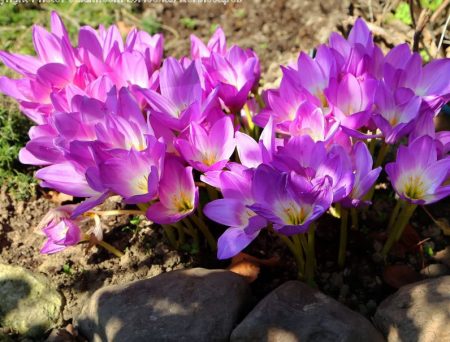
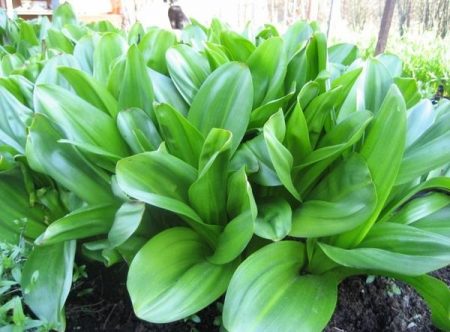
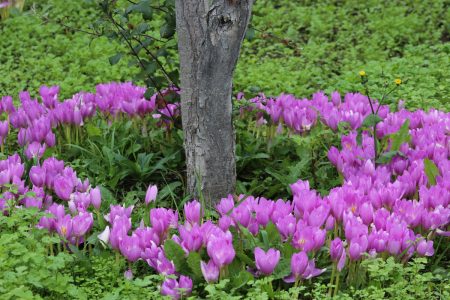
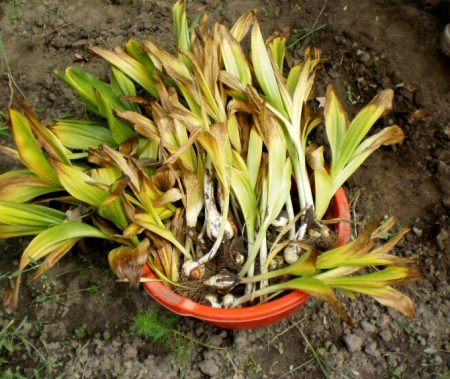
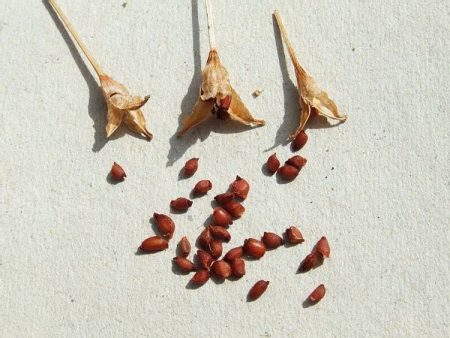


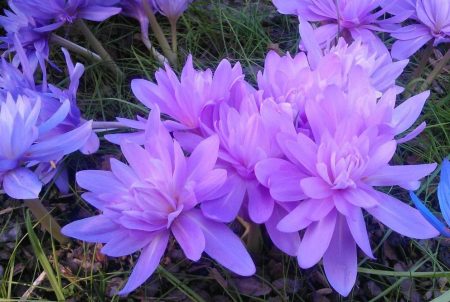
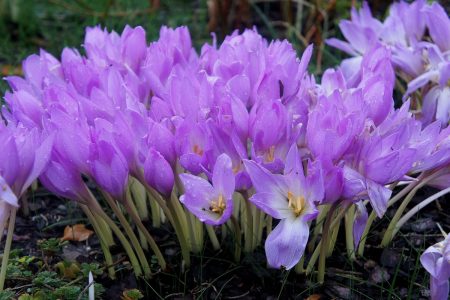
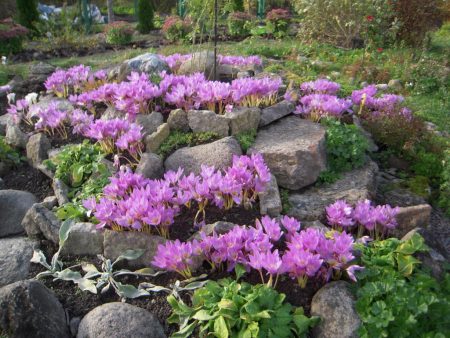

 CUCUMBERS NEVER GET SICK, I'VE BEEN USING ONLY THIS FOR 40 YEARS! I SHARE A SECRET WITH YOU, CUCUMBERS ARE LIKE THE PICTURE!
CUCUMBERS NEVER GET SICK, I'VE BEEN USING ONLY THIS FOR 40 YEARS! I SHARE A SECRET WITH YOU, CUCUMBERS ARE LIKE THE PICTURE! You can dig a bucket of potatoes from each bush. Do you think these are fairy tales? Watch the video
You can dig a bucket of potatoes from each bush. Do you think these are fairy tales? Watch the video
 How our fellow gardeners work in Korea. There is a lot to learn and just fun to watch.
How our fellow gardeners work in Korea. There is a lot to learn and just fun to watch. Eye trainer. The author claims that with daily viewing, vision is restored. They don't charge money for views.
Eye trainer. The author claims that with daily viewing, vision is restored. They don't charge money for views. A 3-ingredient cake recipe in 30 minutes is better than Napoleon. Simple and very tasty.
A 3-ingredient cake recipe in 30 minutes is better than Napoleon. Simple and very tasty. Therapeutic exercises for cervical osteochondrosis. A complete set of exercises.
Therapeutic exercises for cervical osteochondrosis. A complete set of exercises. Which indoor plants match your zodiac sign?
Which indoor plants match your zodiac sign? What about them? Excursion to German dachas.
What about them? Excursion to German dachas.